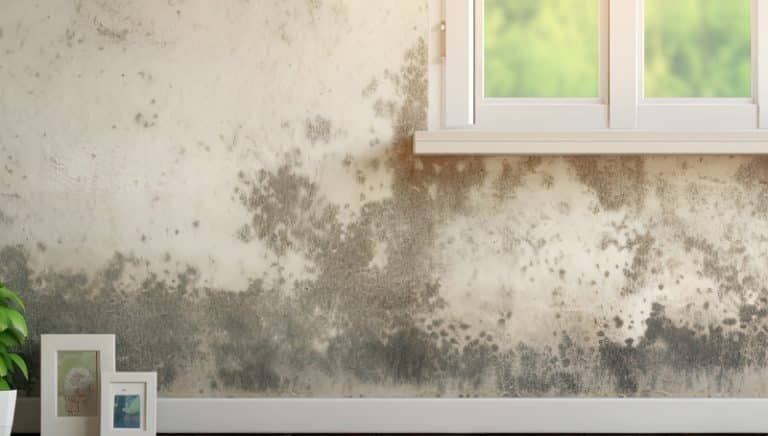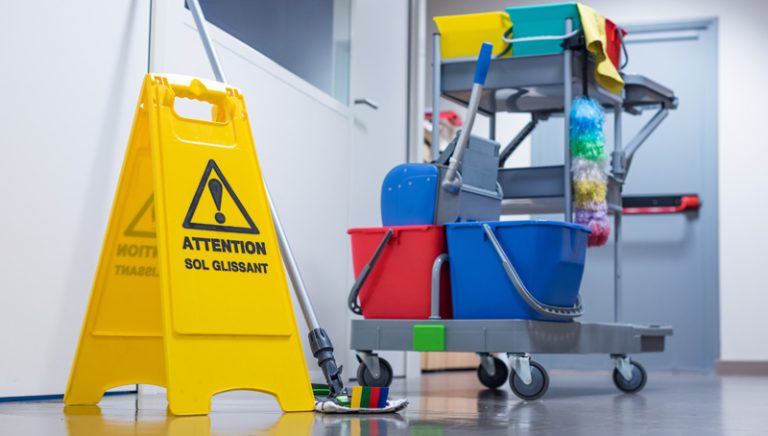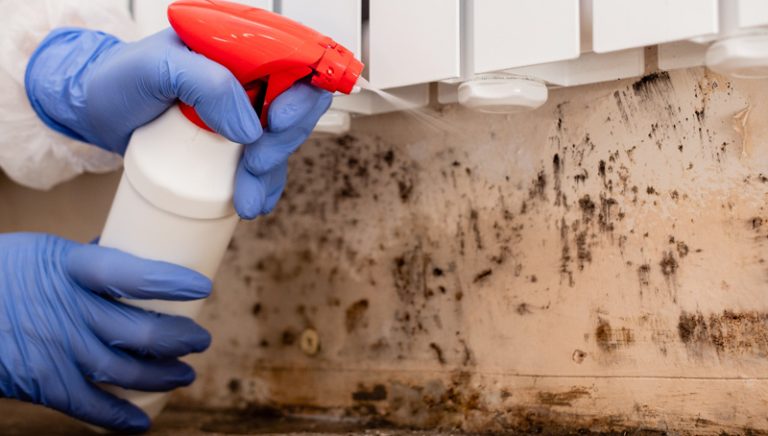Mold can be the cause of a number of respiratory illnesses as well as cause property damage if not treated as soon as possible. While it is best to try and prevent mold growing in your home, mold spores are almost always around. It takes warmth, an area not exposed to sunlight and a bit of moisture to get mold growing where it shouldn’t. So what should you do when you discover mold growing in your home?
The right way to deal with mold
Make sure the mold is removed as soon as possible. Your first and best option is to get hold of a mold remediation expert to come in and deal with the mold. The requirements to start with the mold removal process are wearing the correct gear. This would be gloves, preferably a hazmat suit and a respirator with a HEPA filter to ensure no mold is inhaled. The area to be cleaned should be walled off with plastic sheeting so that any spores that are released are not spread to other areas in the home.
A HEPA vacuum should also be used, utilizing negative air pressure to ventilate the area and filter the air. This process can be quite complicated and requires special machinery, so you may want to turn of the HVAC and fans to stop spores blowing around and then stay out of the area until an expert can come and assess the problem. Once all the molds are removed, you may want to bring in a mold testing company to ensure that all the molds have been removed. Make sure you have corrected the issue that caused the mold to grow.
What should you not do?
Don’t use fans on the area to dry it until all the mold has been removed, as this can cause mold spores to blow around in the air and through your home, which can create more of a problem and reduce the air quality in your home. Some molds contain mycotoxins which are pathogens carried through the air. These can have serious health consequences and even if you are not affected at first, you may develop sensitivity over a period of time. Don’t try to sandblast or scrub the mold as even mold spores that have been killed can harm your respiratory system. You could also cause the mold to spread to other areas when using these methods to try and get rid of mold.
The mold spores can stay hidden in various porous surfaces for a long time, when the conditions are right for them to grow, you may find yourself with another mold infestation. Don’t try spraying bleach onto the mold in an attempt to clean it. Bleach can actually harm you as well and if generally does not kill all the molds. In fact, it can cause spores to be released and the water in the bleach could help new mold spores to flourish. Don’t try covering the mold up with caulking, varnishing or painting. This does not kill the mold and it will be lying beneath the layers you have added on to the surface. They mold infestation causes the area to peel, and then your mold is again exposed to the air. Try not to touch the mold or dry up the area yourself as you could be risking your health and potentially create more of a problem.
Your best option when you have a major mold growth in your home is to avoid the risk to your family by calling in professionals who have the right gear and equipment to successfully remove the mold and can restore the area if necessary.





